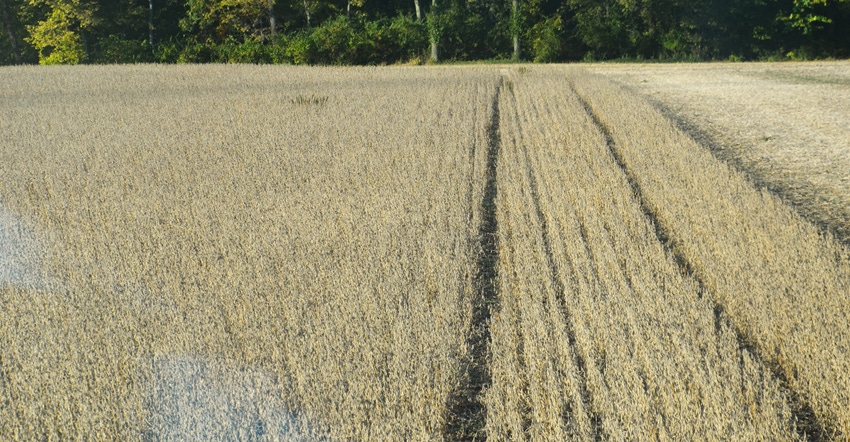
Sign-up for 2018 Farm Bill programs is coming soon for those who want to participate in USDA programs through the Farm Service Agency. It’s one of several issues you should be aware of related to maintaining eligibility for USDA programs, notes Steve Brown, Indiana FSA executive director.
“We’re working with Purdue University Extension to provide information about 2018 Farm Bill programs,” Brown says. “Various informational meetings are planned around the state.”
FSA program details
Brown; Carl Schweikhardt, Indiana FSA production adjustment chief; and Stephanie Alexander, conservation/compliance chief, provided the following information:
Farm bill program sign-up. Since the 2018 Farm Bill was wrapped up late in the year, sign-up for the 2019 program is underway now and ends March 15. You can sign up for the 2020 program at the same time, or you can wait. Sign-up for 2020 ends June 30.
When you sign up, you will choose one of three options: Agriculture Risk Coverage-county; ARC-individual or Price Loss Coverage. “Whichever one you choose for 2019 must also be your choice for 2020,” Schweikhardt says. That’s why it makes sense to sign up for both years at the same time, he believes.
Under the 2014 Farm Bill, ARC-county was the most popular choice. However, commodity prices have changed. This is why you may want to attend an educational session before making your election, he says. If your whole farm was prevented planting in 2019, ARC-individual might come into play.
Future choices. Under the 2014 Farm Bill, once you elected an option, you were committed to it for the life of the 2014 Farm Bill. “This time, you must make the same choice for 2019 and 2020, but you can change your choice in 2021, 2022 and 2023,” Schweikhardt says.
Tenant changes. Suppose a farm changes tenants from 2019 to 2020. The 2019 tenant must sign up for the 2019 year, Schweikhardt says. The new tenant will sign up for 2020, but he or she is locked in to whichever choice the 2019 tenant selected.
Sodbuster, Swampbuster and Highly Erodible Land. If you’re breaking out new land into production, or clearing a wooded area or even a fencerow, you need to check with FSA and/or the Natural Resources Conservation Service office first if you want to make sure you maintain eligibility for USDA benefits, Alexander says. “Rules about not converting wetlands and protecting HEL soils put in place in the 1980s still apply,” she says. “Sometimes people forget, but they are still very much part of the requirements to be eligible for all USDA programs.”
Compliance means filling out FSA Form 1026. Sometimes USDA personnel can make a determination on eligibility from records on file; other times they must visit the field.
Payment limitations. The Market Facilitation Program has its own “per person or legal entity” payment limitations separate from other USDA programs, Schweikhardt says. For 2018, it was $125,000 for non-specialty crops, including corn, soybeans and wheat; $125,000 for livestock; and $125,000 for specialty crops.
For the 2019 MFP, limits are $250,000 for each category, Schweikhardt says. However, one person or legal entity can’t receive more than $500,000 in MFP payments through any combination of those options.
About the Author(s)
You May Also Like




